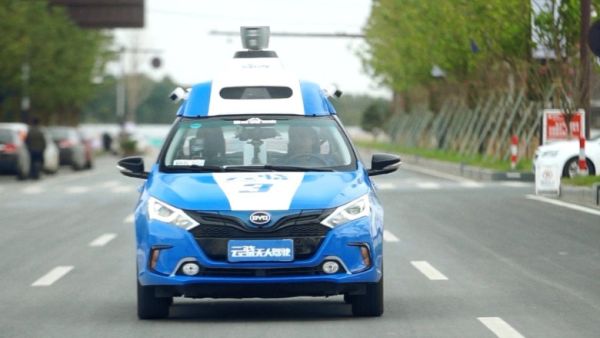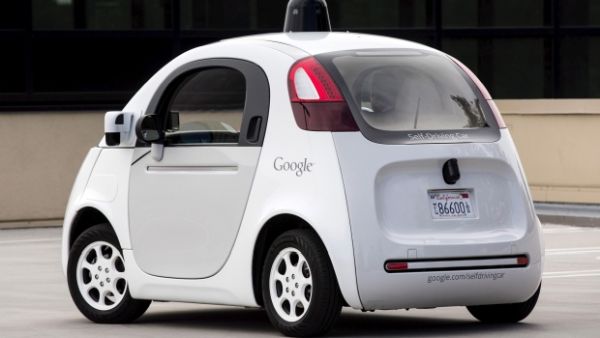Driverless cars are just starting to hit the roads on test drives. While many consider it may still take some time for these vehicles to be available for mainstream driving, some estimate that at least a few driverless vehicles will hit the roads by 2020. Nevertheless, there are many ways in which these vehicles will change travel around the world as we know it. Take a few instances mentioned here to know what we are talking about.
-
No Parking Problems

Image Source : I2.Cdn.Turner.Com
No more do we need to worry about finding a parking spot. Driverless cars will save us the issue of parking by handling it themselves. All we need to do is get out of the car and allow it to move over to a designated parking lot automatically. The car with then make its way back to us when we need. This automatically reduces the instances of parking tickets, parking queues and dented bumpers. It also prevents the need of having to drive around in circles searching for a parking spot or waiting right behind another vehicle to pull out of a parking spot.
-
No More Congestion
Driverless cars have software that is designed to help them travel inches apart in convoys while steering clear of nearby vehicles. This reduces the risks of congestion caused by traffic jams as the vehicles keep on moving without creating pile-ups or hold-ups.
-
New Pavements, Signage and Paints
A common issue among driverless cars being tested these days is their inability to recognize painted lines, road surfaces and important road signs in rainy or foggy conditions. Hence, the advent of more of these cars would mean a necessary change to existing pavements, paints and signage. Road standards will also need to be changed to accommodate the specifications of these vehicles.
-
More Effective Street Designs

Image Source : I.Cbc.Ca
Driverless cars will lead to more effective roadway and street designs. Changes made to the width of the traffic lanes, placement of curbs as well as the length of the off-ramps, etc. can all lead to tighter, but more effective driving routes. Since these cars will be more precise in controls, they can navigate effortlessly and more efficiently in these routes.
-
Beefed Up Cell Networks and Devices
The success of driverless cars depends on the data they receive from their surroundings. Driverless cars need to get every kind of data possible to drive safe on the streets. These include traffic information, accident warnings, stop light signals and so on. The cars will also need to accumulate this information and send the same back to a dynamic response system. This automatically translates to a beefed up cell network and devices that need to work in par with these necessities.
-
Availability of Tracking Data
One possible con with driverless cars is their ability to be tracked almost anywhere at any point of time. This would be a possible hindrance to those who prefer to go off the grid at times. The dependence of these vehicles on GPS as well as the 24/7 availability of tracking data can create privacy issues for certain individuals.
-
Loss of jobs

Another possible impact of the advent of driverless cars is that it may lead to the loss of jobs in the automobile industry as well as many other sectors directly or indirectly related to it. The emerging market for these cars will diminish jobs in the automobile industry by at least 90%. Many jobs in the transportation industry also face risks of being sidelined by these driverless cars. Roadside businesses like eateries, truck stops, motels and 24 hour diners, etc. may also take a hit with more and more driverless cars being introduced into the market.
Driverless cars may soon start hitting the roads on an increasing pace. The advent of these autonomous vehicles will surely bring about a lot of changes to existing travel norms and standards around the world.



